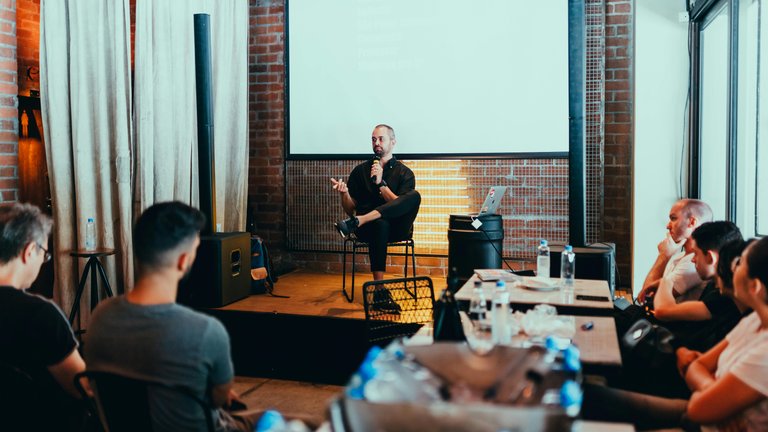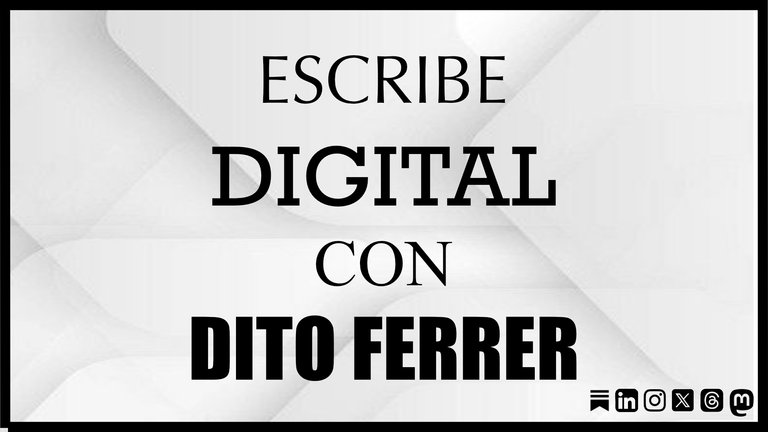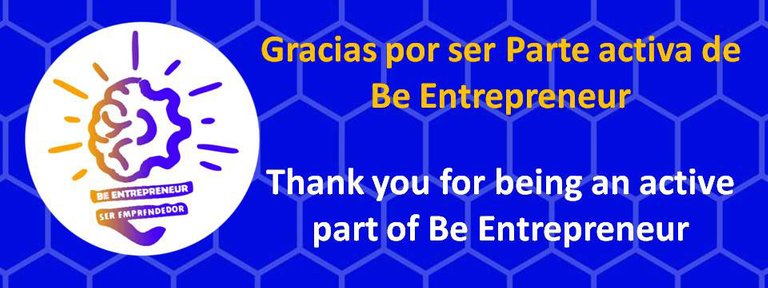
¿Cuántas veces has participado en presentaciones donde el conferencista era tan aburrido, que terminaste sin entender ni media palabra?
¿Cuántas veces no te ha tocado hacer a ti una presentación en tu trabajo, y no has sabido en qué orden decir las cosas?
A lo mejor, tienes que hacer una ponencia para tu jefe o equipo de trabajo, y estás aterrado por no sonar lo suficientemente convincente.
Tus problemas tienen una solución. Aplica esta técnica de storytelling en tus presentaciones laborales.
La Pirámide de Minto.
Pero, antes de explicarla, permite que te cuente una breve historia.
Una experta consultora de una firma en los EE.UU luchaba contra el deseo de quedarse dormida. La culpa era de sus colegas. Eran aburridos como una ostra. Cada vez que debían hacer presentaciones ante potenciales clientes iban por este camino:
- introducción súper larga
- datos que todos conocen
- otros datos que pueden haber pasado por alto
- todavía más datos aburridos
Iban de lo general a lo particular (de abajo hacia arriba)
Los clientes evitaban este tipo de verborrea. Consumían los productos y servicios de la firma debido a su reputación y experiencia. No por sus presentaciones aburridas.
La experta, llamada Bárbara Minto, se inventó una idea brillante que cambió todo ese panorama de una buena vez.
- Afirmaciones contundentes para explicar la situación actual.
- ¿Cuál es el problema qué se quiere resolver?
- ¿Por qué está sucediendo?
- La solución.
Ir de lo particular a lo general (de arriba hacia abajo)

diseño creado con Affinity Publisher
Este modelo fue acogido con éxito por consultores de todo EE.UU, generando miles de millones en concepto de ventas.
Y tú también puedes usarlo en tus ponencias.
Veamos un ejemplo:
Digamos que vas a presentar una solicitud de presupuesto para que tu compañía invierta en soluciones de inteligencia artificial. Tu objetivo es automatizar el proceso de atención al cliente creando un chatbot que interactúe con las personas y responda sus dudas.
⛔️ Sin aplicar la pirámide de Minto:
La automatización de las consultas y las respuestas personalizadas son muy eficaces y son bien recibidas por las personas, mejorando la imagen y las ventas de las compañía que las utilizan. El 30% de las empresas usan aplicaciones de IA para mejorar los servicios de atención al cliente. De esta manera crean una experiencia más satisfactoria al consumidor. En un mercado cada vez más competitivo, nuestra empresa podría beneficiarse de la utilización de esta nueva tecnología y mejorar sus márgenes de beneficios.
Con la creación de un chatbot automatizado que responda las principales preguntas de la población ganaremos en rápidez, confianza y precisión en la información que se le brinda.
Aburrido. ¿Tu jefe sigue despierto?
Esta no es la mejor manera.
Pero, vamos a cambiarlo.
✅ Aplicando la Pirámide de Minto:
El 70% de las empresas aún no están usando inteligencia artificial en los servicios de atención al cliente.
Pero las personas son cada vez más exigentes en cuanto a la rapidez y la veracidad de la información. Brindarles una experiencia satisfactoria es un reto que podemos superar. ¿Cómo? Mediante la automatización de las consultas y utilizando respuestas automatizadas.
Se ha comprobado que estas herramientas son muy eficaces y bien recibidas por las usuarios, además que mejora significativamente los márgenes de beneficios.
Con la creación de un chatbot que responda las principales inquietudes de los usuarios en tiempo real, 24 horas al día, estaríamos posicionándonos dentro del exclusivo 30% que ya se está beneficiando de esta tecnología.
¿Qué te parece?
La Situación.
El Problema.
Las preguntas.
La Solución.
Esta técnica de storytelling puedes aplicarla en tus discursos, conferencias, presentaciones a nuevos clientes o incluso en una entrevista de trabajo.
La organización de la información es crucial. Naturalmente, tendemos a pensar usando generalizaciones, grandes dosis de datos y argumentos que nos facilitan la interpretación de un fenómeno. Así trabaja el cerebro para facilitarnos la comprensión de un fenómeno.
Pero, a la hora de comunicar, debemos “darle la vuelta” y pintar la situación primero, para que nuestra audiencia se pueda identificar fácilmente. Luego se presenta el problema, acompañado de las interrogantes concretas que tu solución resuelve, para que cuando la entregues, la reciban como una conclusión lógica y un alivio a la escena que recién has montado.
La próxima vez que quieras exponer ante un grupo de personas, no pienses en comunicar. Piensa en contar una historia. La historia de tu solución.

Muchas gracias por tu tiempo, estimado lector. Me parece interesante compartir estas técnicas de storytelling en esta comunidad, los emprendedores pueden sacar provecho del arte y oficio de la escritura persuasiva y aplicarla en su día a día.
Si te resultó útil, te invito a que te suscribas a mi newsletter.
Técnicas de escritura y storytelling para plataformas sociales.
Directo a la bandeja de tu correo.
Sin esfuerzo.
ENGLISH
How many times have you participated in presentations where the speaker was so boring that you ended up not understanding half a word?
How many times have you had to give a presentation at work, and you didn't know in which order to say things?
Maybe you have to make a presentation to your boss or team, and you're terrified that you don't sound convincing enough.
Your problems have a solution. Apply this storytelling technique in your work presentations.
The Minto Pyramid.
But, before I explain it, let me tell you a brief story.
An expert consultant in a U.S. firm was struggling with the desire to fall asleep. Her colleagues were to blame. They were dull as an oyster. Every time they had to make presentations to potential clients they went down this road:
- super long introduction
- facts you all know
- other facts you may have overlooked
- still more boring facts
They went from the general to the particular (from the bottom up).
Customers avoided this kind of verbiage. They consumed the firm's products and services because of its reputation and expertise. Not because of its boring presentations.
The expert, named Barbara Minto, came up with a brilliant idea that changed the whole picture in one fell swoop.
- Strong statements to explain the current situation.
- What is the problem to be solved?
- Why is it happening?
- The solution.
Go from the particular to the general (from top to bottom).

made with Affinity Publisher
This model was successfully embraced by consultants across the U.S., generating billions in sales.
And you can use it in your speaking engagements as well.
Let's look at an example:
Let's say you're going to submit an RFQ for your company to invest in artificial intelligence solutions. Your goal is to automate the customer service process by creating a chatbot that interacts with people and answers their questions.
⛔️ Without applying Minto's pyramid:
Automation of queries and personalized answers are very effective and are well received by people, improving the image and sales of the companies that use them. 30% of companies use AI applications to improve customer services. In this way, they create a more satisfying customer experience. In an increasingly competitive market, our company could benefit from the use of this new technology and improve its profit margins.
With the creation of an automated chatbot that answers the main questions of the population, we will gain speed, confidence, and accuracy in the information provided.
Bored. Is your boss still awake?
This is not the best way.
But, let's change it.
✅ Applying the Minto Pyramid:
70% of companies are not yet using artificial intelligence in customer services.
But people are becoming increasingly demanding when it comes to the speed and accuracy of information. Providing them with a satisfactory experience is a challenge we can overcome. How? By automating queries and using automated responses.
These tools have been proven to be very effective and well-received by users, and significantly improve profit margins.
With the creation of a chatbot that responds to users' main concerns in real time, 24 hours a day, we would be positioning ourselves within the exclusive 30% that are already benefiting from this technology.
What do you think?
The Situation.
The Problem.
The Questions.
The Solution.
This storytelling technique can be applied in your speeches, conferences, presentations to new clients, or even in a job interview.
The organization of information is crucial. Naturally, we tend to think using generalizations, large doses of data, and arguments that facilitate the interpretation of a phenomenon. This is how the brain works to help us understand a phenomenon.
But, when it comes to communicating, we must "turn it around" and paint the situation first, so that our audience can easily identify. Then the problem is presented, accompanied by the concrete questions that your solution solves, so that when you deliver it, they receive it as a logical conclusion and a relief to the scene you have just set up.
The next time you want to present to a group of people, don't think about communicating. Think about telling a story. The story of your solution.

Thank you very much for your time, dear reader. I find it interesting to share these storytelling techniques in this community, entrepreneurs can take advantage of the art and craft of persuasive writing and apply it in their daily work.
If you found it useful, I invite you to subscribe to my newsletter.
Writing and storytelling techniques for social platforms.
Straight to your inbox.
Effortless.




